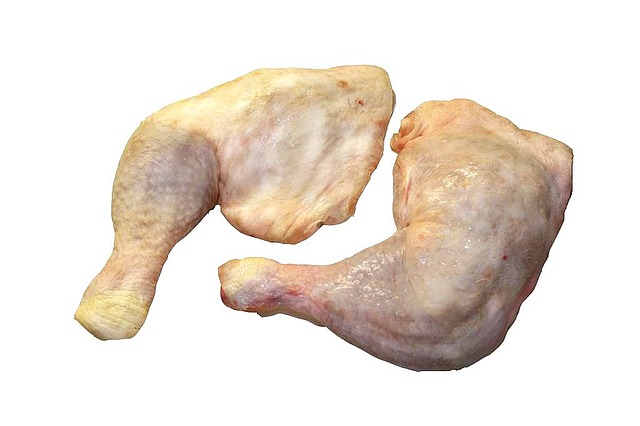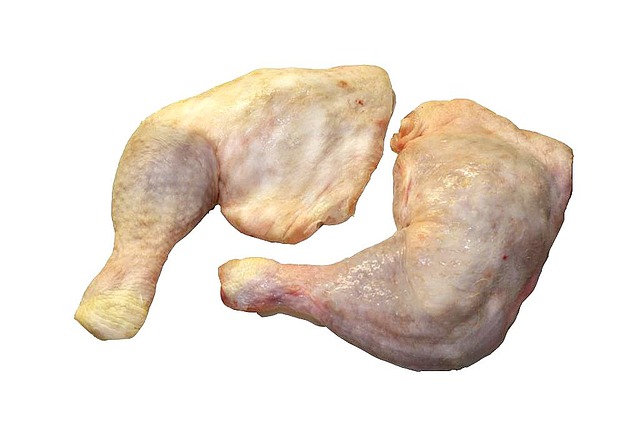What’s The Difference Between Chicken Legs and Drumsticks?
When you’re eating chicken, you’ll often see different words to describe the same piece of meat. Even though they both come from the same place on the chicken, these breast and wingless parts have different names.
Chicken legs are one of those mystery words that you need to decode. Drumsticks and chicken legs are two names for the same part of the chicken.
Both refer to the lower half of the bird, which is why these terms are interchangeable in most cases. However, there is a slight difference between drumsticks and chicken legs that can affect what you cook with them.
Keep reading for more information about both types of chicken legs so that you know which to buy next time you visit your local grocery store or super market.
To be fair, before writing this article I was a little confused myself . Leg ? Thigh ? Drumstick ?
The Fundamental difference between Chicken Legs and Chicken Drumsticks, is that drumstick refers to the chickens “calve” portion of the leg. The thigh is the top part of the chickens legs. The drumstick that has the thigh still joined together forms the entire chicken leg.
Please see the image below for clear clarification.

What Are Chicken Legs?
When we talk about chicken legs, this simply means the lower half of the chicken. We use the term “leg” to describe the thigh, the drumstick, and the meaty lower part of the back of the chicken.
When you cook with chicken legs, you can use a number of different cuts that are part of that lower half. Your options include the drumstick, the thigh, the leg, and the back of the leg.
They can also be made into “chicken Lollipops”
But, you’ll also find them in many other types of chicken dishes. Or, roast them with root vegetables for a hearty, comforting meal.
The video below clearly shows the anatomy of the chicken legs, and how the thigh separates from the drumstick.
Drumsticks vs. Chicken Legs

.Again, drumsticks are part of a chicken leg, and chicken legs come from the thigh and the lower part of the back.
The difference between these two parts is where they are on the body, not what they are. This is why you will often see drumsticks and chicken legs used interchangeably in recipes, as well as in grocery store terms.
Why the Confusion?
Despite the fact that drumsticks are part of the chicken legs and are different sizes, people often use the two terms interchangeably.
You’ll see both drumsticks and chicken legs used in recipes and in grocery store terms. Even the USDA’s poultry grading system uses the two terms interchangeably.
Although the two words aren’t interchangeable in theory, in practice, they can be used to refer to each other.
Nutrition Facts for Chicken Legs
One drumstick and one chicken leg have the same amount of calories, fat, and protein. However, the amount of sodium is slightly higher in the drumstick.
Both the drumstick and the chicken leg are high in selenium, niacin, pantothenic acid, riboflavin, thiamin, and vitamins B6, B12, and B5.
They are also a good source of iron, magnesium, phosphorus, and zinc. Drumsticks are also an excellent source of vitamin A, vitamin E, and vitamin K.
Chicken legs are also a good source of potassium, copper, and manganese. They contain less vitamin A, vitamin E, and vitamin K than the drumstick, but otherwise, they are about the same.
Final Note
Chicken legs are different from chicken drumsticks because a drumstick is a chicken’s leg from the knee down. A chicken leg is made up of thigh and drumstick segments still connected together.

